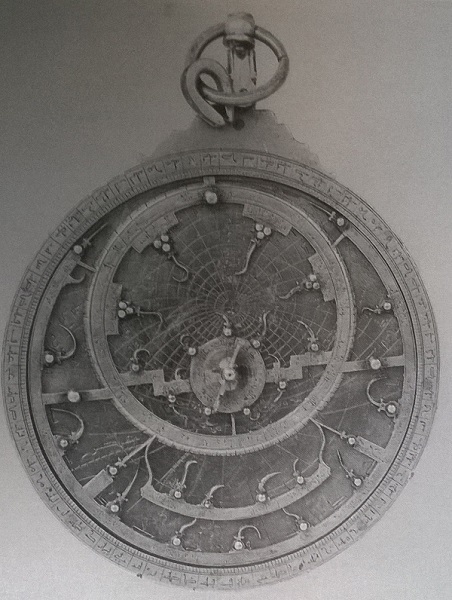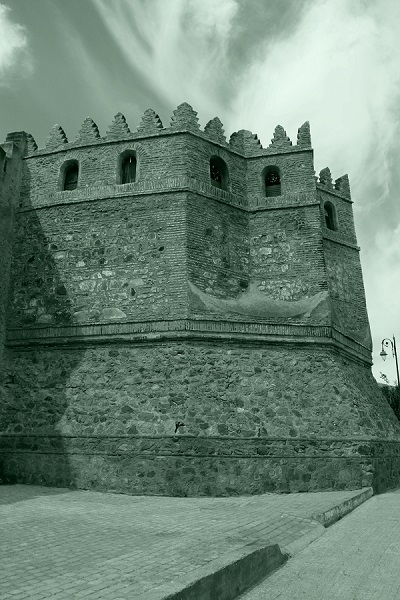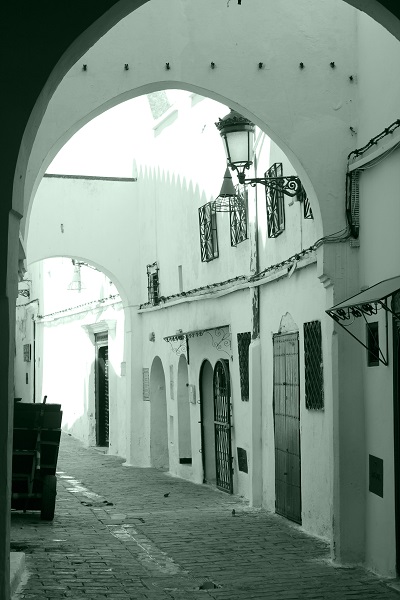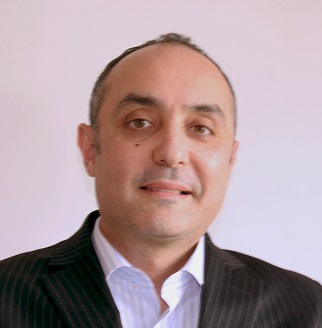By Hatim Madani
This is the 4th GAM article for the Diverse Universe Week, Monday 18 to Sunday 24 April 2016. This week's posts on the GAM Blog will focus on the diversity of the global astronomy community.
By launching the Name Exoworlds competition in 2015, the International Astronomical Union achieved an outstanding communication campaign offering to the general public, for the first time in history, the opportunity to choose names of stars and exoplanets proposed by clubs and associations of astronomy around the world.
With more than 274 proposed names submitted by clubs, associations and universities representing 45 countries and about 573 000 recorded votes, resulting from 182 countries, the Name Exoworlds contest represented a huge success.
The wining proposals were received from all continents: USA, Canada, Mexico, Morocco, Syria, France, Italy, Netherlands, Spain, Switzerland, Australia, Japan and Thailand.
The sky have now inherited new names meanly inspired by local mythological figures from different cultures, names of great scientists, ancient cities and fictional characters .
It is very interesting to see the cultures richness and wide variety of these names: Cervantes, Chalawan, Musica ,Fafnir, Ran, Helvetios, Tonatiuh, Copernicus, Ogma, etc.

We participated here in Morocco with several proposals, choosing names related to our culture. One of them was inspired by the astronomical Andalusian heritage in Morocco. It was proposed for naming Upsilon Andromedae star’s system and fortunately for us, it was successful:
- Titawin, an ancient city of Morocco for the star.
- Majriti, Samh and Saffar, three great Andalusian astronomers of 11th centuries, almost forgotten, for the 3 exoplanets .
The master Majriti and his two disciples Samh and Saffar were outstanding figures of andalusian astronomy belonging to what was called the Majriti School. The three great scientists are now immortalized in the sky.
 18th Century Titawin Astrolabe
18th Century Titawin Astrolabe
 Titawin, Upsilon Andromedae's newly adopted name, is the ancient medina of Tetouan city located in the north of Morocco. It is one of the finest heritages of the Andalusian influence in the country and is inscribed on the UNESCO World Heritage list. Titawin was of particular importance from the 8th century onwards, since it served as the main point of contact between Morocco and Andalusia. After the Reconquest, the town was rebuilt by Andalusian refugees who had been expelled by the Spanish. The strategic position of Titawin opposite the Straits of Gibraltar played an important role as the point of contact between two civilizations (spanish and arabic) and two continents (Europe and North Africa).
Titawin, Upsilon Andromedae's newly adopted name, is the ancient medina of Tetouan city located in the north of Morocco. It is one of the finest heritages of the Andalusian influence in the country and is inscribed on the UNESCO World Heritage list. Titawin was of particular importance from the 8th century onwards, since it served as the main point of contact between Morocco and Andalusia. After the Reconquest, the town was rebuilt by Andalusian refugees who had been expelled by the Spanish. The strategic position of Titawin opposite the Straits of Gibraltar played an important role as the point of contact between two civilizations (spanish and arabic) and two continents (Europe and North Africa).
Titawin was an historical centre for astronomy in the country, where astronomical instruments (astrolabes and sundials) were produced. Titawin made the works of the great Andalusian astronomers able to be diffused through Morocco and the arabic world. The most advanced types of astrolabes were used by the astronomers of Al-Andalus and numerous astrolabes made in Titawin are currently preserved in museums all over the world.
 Titawin is one of the most beautiful medinas of the country with its 7 main gates, its historic wall with numerous towers and its countless lovely narrow alleys. Titawin is for sure a real star!
Titawin is one of the most beautiful medinas of the country with its 7 main gates, its historic wall with numerous towers and its countless lovely narrow alleys. Titawin is for sure a real star!
 Hatim is a master graduate in international business and works in the private sector. He was involved in the astronomy field through amateur astronomers clubs. During IYA 2009 he worked in partnership with the national commission of UNESCO to launch Aldebaran project (project for creation of schools astronomy clubs in the country) - Astronomers Without Borders Coordinator /UNAWE Morocoo Coordinator
Hatim is a master graduate in international business and works in the private sector. He was involved in the astronomy field through amateur astronomers clubs. During IYA 2009 he worked in partnership with the national commission of UNESCO to launch Aldebaran project (project for creation of schools astronomy clubs in the country) - Astronomers Without Borders Coordinator /UNAWE Morocoo Coordinator







